London slowly reopens with increase in Congestion Charge
The British capital unlocks as TfL resumes service on most London Underground lines. The opening goes hand in hand with the Mayor reintroducing the Congestion Charge and ULEZ. Both had been suspended during the Covid-19 lockdown to enable key workers to travel freely.
The measure to temporarily waive the Congestion Charge and the charges for the low emission zones (Low Emission Zone and Ultra Low Emission Zone, formerly T-Charge) had aimed to facilitate rescue and delivery vehicles as reported.
However, the now announced reintroduction of the environmental charges includes changes under a £1.6bn government bailout. TfL secured emergency funding to keep Tube and bus services going until September. London’s public transport operator runs on income through fares alone, and the lockdown had thus affected business adversely. The Mayor said the coronavirus had had a “catastrophic impact on TfL’s finances” and left no choice but to seek funding.
Against this backdrop, the Congestion Charge will initially continue at the previous price of £11.50 a day from this Monday, but the plan is to increase this to £15 from 22 June. The mayoral office will also increase the hours of operation to 7 am -10 pm, seven days a week, compared to the current scheme of 7 am-6 pm, Monday to Friday.
While Downing Street defended the changes, TfL said the price rise for the charges would be in place for a year. Both measures will be reviewed later to see if they are made permanent. In any case, TfL finds itself in a tight space between a rock and a hard place – the public transport operator must resume service and of course, secure its income through fares. At the same time, TfL must discourage people from overcrowding the trains again.
It is here where further-reaching plans by the Mayor and TfL to transform parts of central London into one of the largest car-free zones in any capital city in the world come in. TfL said the plans would “create more space for social distancing when walking and cycling, ensuring that the people who have no choice but to return to work in central London can do so as safely as possible”.
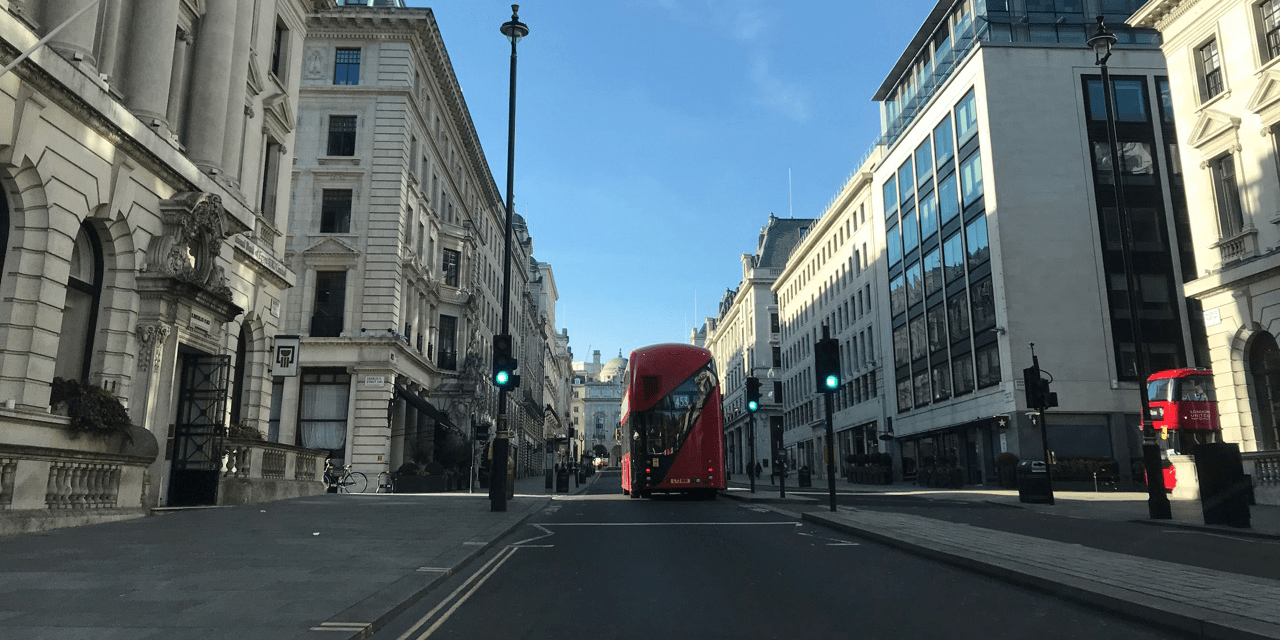
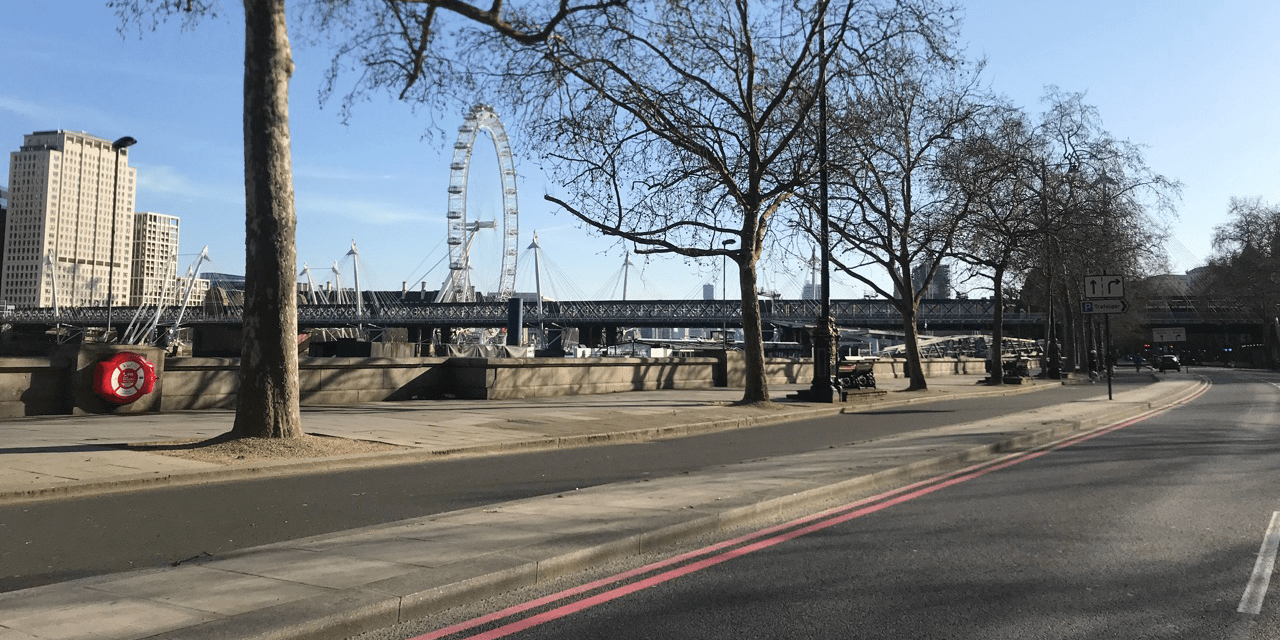
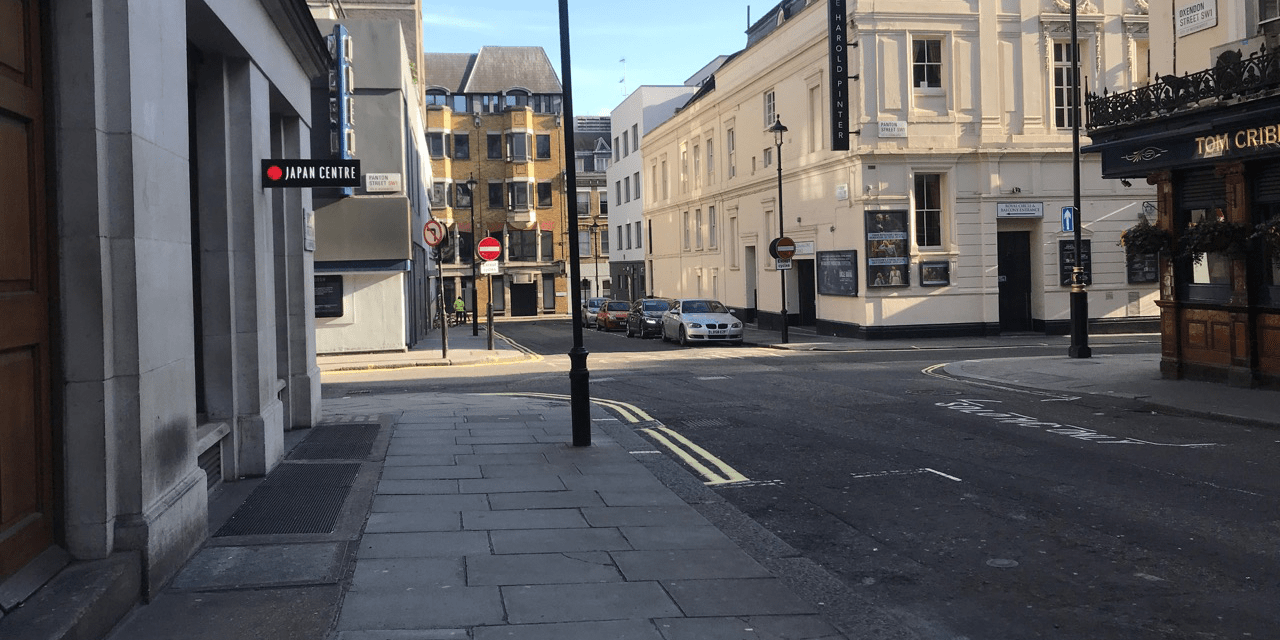
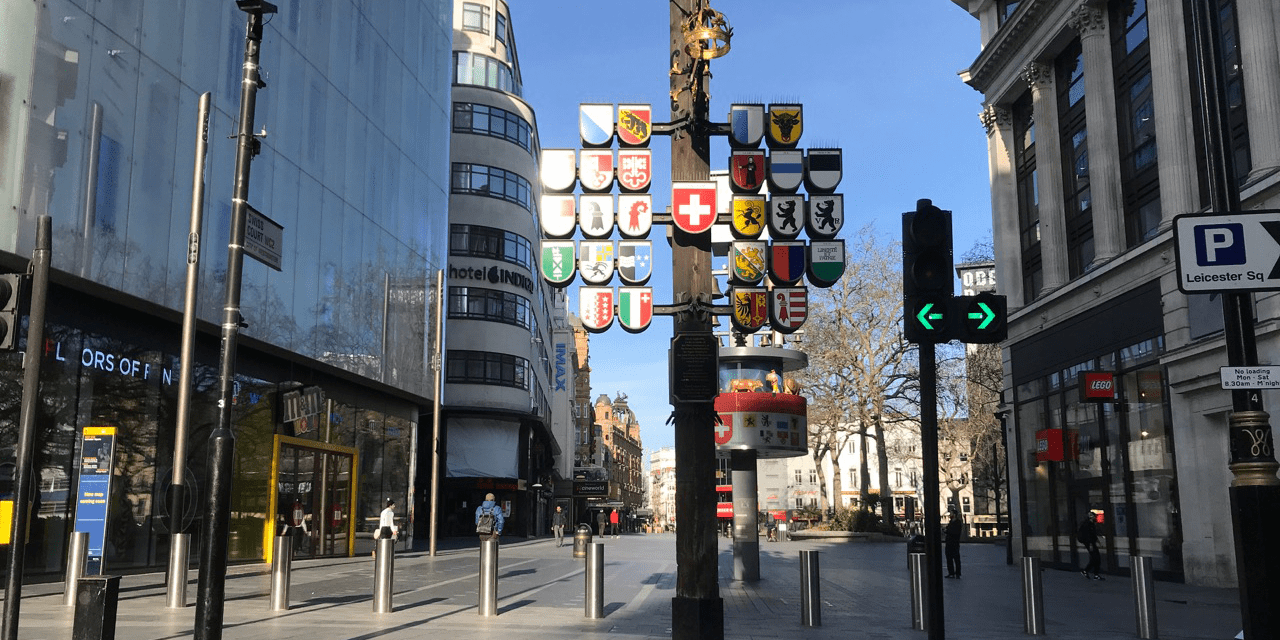
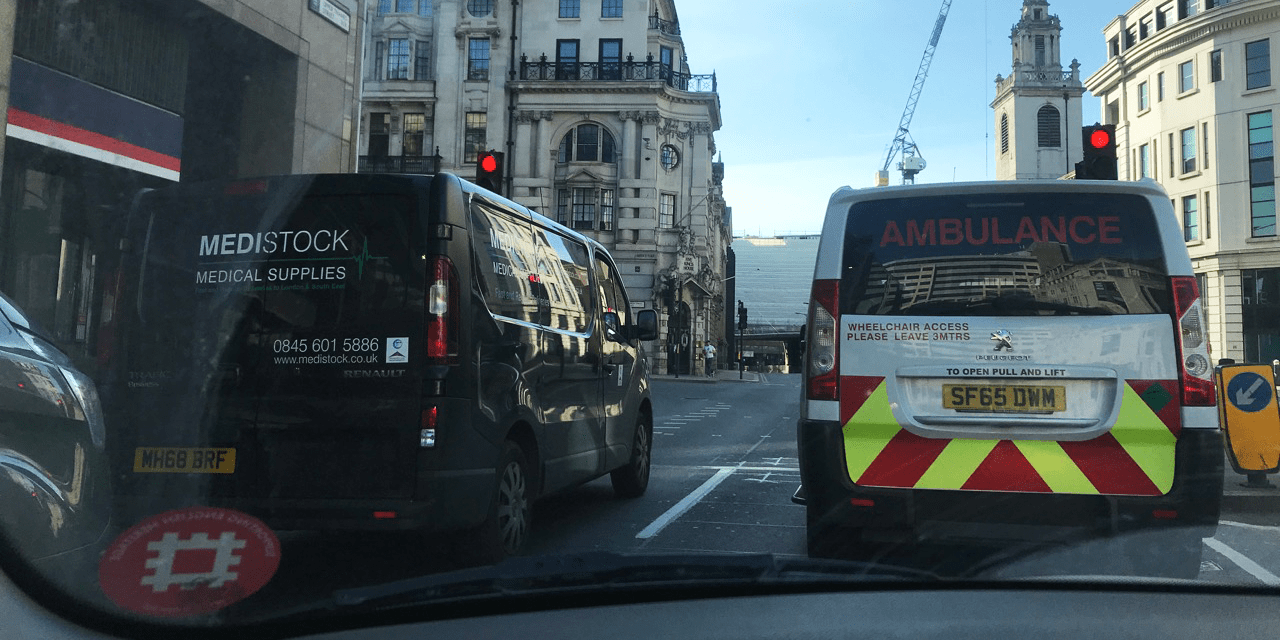
In concrete terms, Waterloo Bridge and London Bridge may be restricted to people walking, cycling and buses only, with pavements widened to enable people to travel between busy railway stations and their workplaces safely. TfL and the Mayoral office start at these large crossings, as they together only regulate five per cent of London’s road network, the rest remains under the authority of 32 London boroughs.
So while it is a move to encourage people to keep walking and cycling in order to continue social distancing, it is also an opportunity for the Mayor and TfL. London’s public transport has long been under strain from overcrowding so that the city has been seeking to encourage people to switch to other means of transportation before. Given the present times, public transport, says the Mayor, must become a “last resort”. The central government also continues to advise people to avoid social contact and only travel when essential.


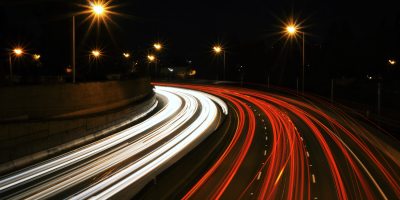

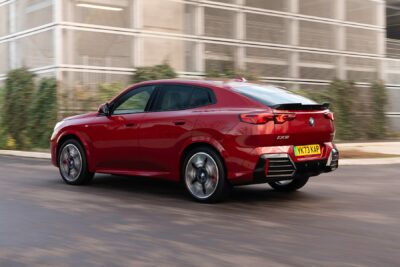
0 Comments